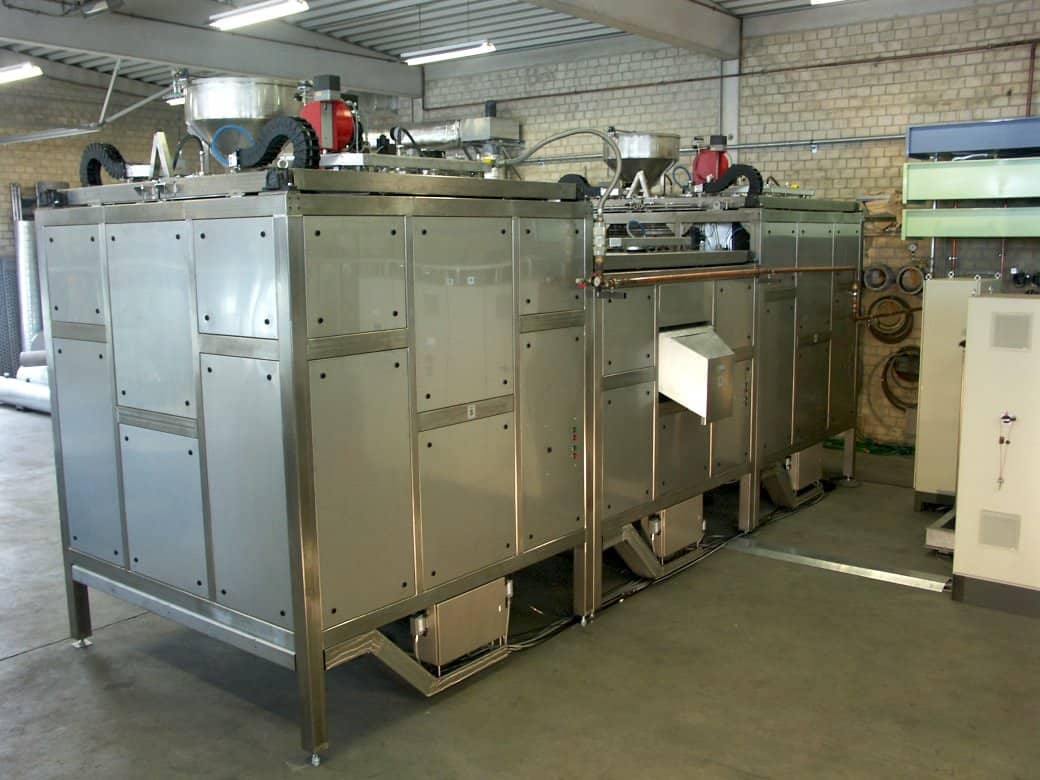Roasted malt gives beer a darker color and exciting aromas. That’s why it is so popular in the world of brewing. But making it is a complex process.
Roasting is complex
To get a better idea, let’s take a closer look at the chemical processes behind it: During roasting – whether coffee, cocoa or malt – the so-called Maillard reaction occurs. This produces melanoidins, which have a strong taste and are responsible for the typical aroma and color of roasted grains. The Maillard reaction not only takes place during roasting, but also during baking, barbecuing or frying. It also stops food from going off, as it binds oxygen. However, at a certain point in the roasting process, it is important to take care and make sure that the product does not burn or char, rendering it unusable.
Gentle, controlled roasting
The roasting process should therefore be particularly gentle on the one hand, and monitored closely on the other. Palatia Malz GmbH makes its roasted malts using a fluidized bed roaster. Unlike conventional roasting drums, the malt is not roasted through contact with the hot metal, but by hot air alone. This reduces the risk of over-roasting and guarantees a better yield. In addition, this gentle roasting process has been proven to reduce the pyrazines that give roasted malt an astringent, bitter taste. Palatia Malz can also process smaller amounts in the fluidized bed roaster, meaning that it can adjust the color more precisely to achieve a more homogeneous product.
Timing is key
But even with this gentler method, it is still important to stop roasting at the right moment, otherwise the malt will taste charred – or actually burn. The roasting process depends on factors such as the length of time, the temperature of the air influx and the type of malt – all of which can, of course, be regulated. However, as roasting takes place in a closed container, controlling it is more complex. Previously, maltsters knew when to stop the process by measuring the temperature of the exhaust air. But this only allowed them to draw indirect conclusions on the state of the product inside.
Research project to improve control
To make the process more controllable, Palatia Malz is developing a new measuring technique in collaboration with the Center for Mass Spectrometry and Optical Spectroscopy at the Mannheim University of Applied Sciences and the Berlin Institute of Technology’s Department of Brewing Science. The aim is to make it possible to monitor the properties of the malt in the fluidized bed roaster during the roasting process, thereby improving the quality and yield. The results so far are promising.


